The sound of the sand from the Dutch shores
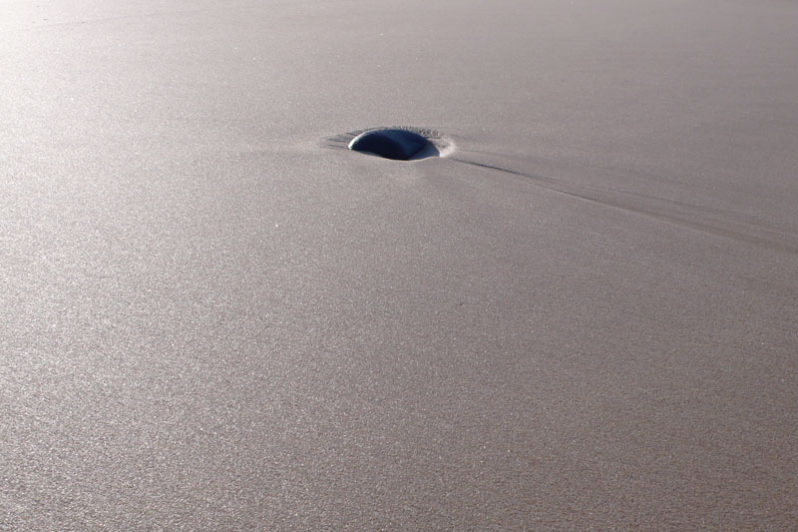
Sand, it turns out, has a signature sound of its own, and now scientists have found a way to tune in. In this study, scientists examine sand from the Dutch shores to link its unique acoustic traits to the source of the sand.
The Best White Sand Beaches in the World
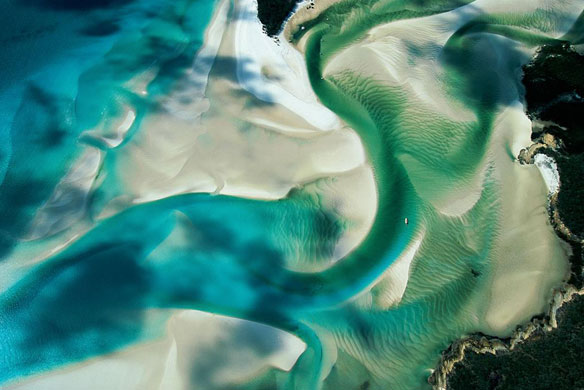
From the Maldives to Panama City Beach, there’s something for everyone.
From destruction, creation: A new black sand beach is born on the island of Hawaii
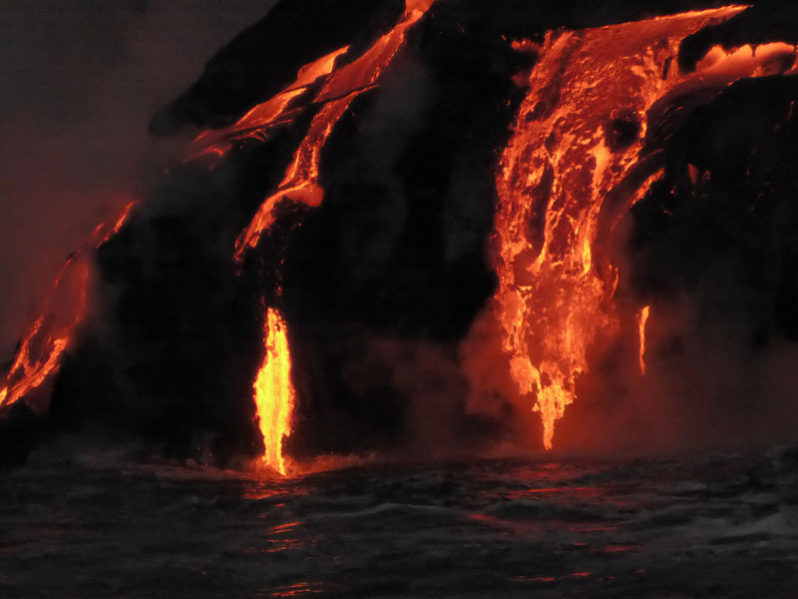
The eight-mile-long river of lava that poured down the slopes of Kilauea volcano on the island of Hawaii last spring destroyed nearly everything in its path. But part of what it left behind offers a glimmer of hope for the battered land and economy: a new black sand beach.
Cox’s Bazar Beach, Bangladesh
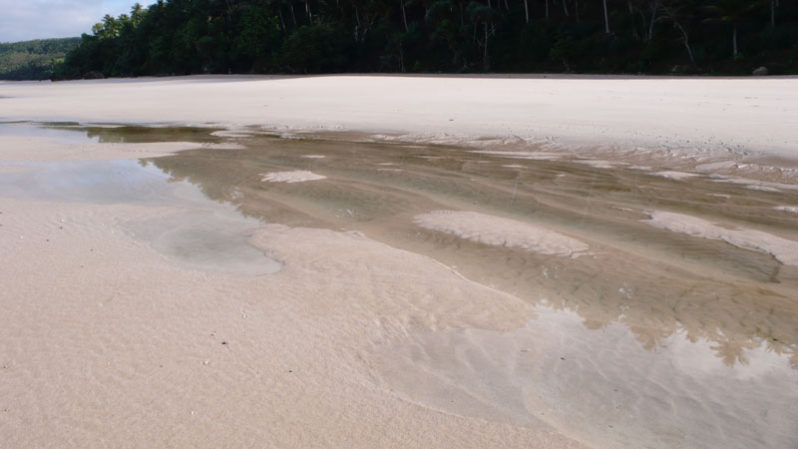
Stretching a remarkable 75 miles in length, Cox’s Bazar Beach is the longest uninterrupted natural sand beach in the world. To be precise, there are some beaches—like Praia do Cassino Beach in Brazil and Ninety Mile Beach in Australia—that are longer than Cox’s Bazar, but they are not natural sand.
Beach sand ripples can be fingerprints for ancient weather conditions
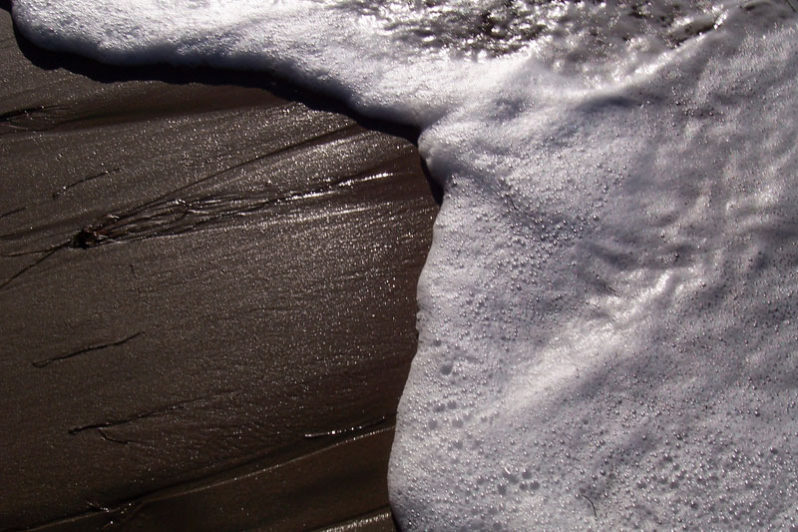
Experiments show shifting ripple patterns can signal times of environmental flux.
How Running on the Beach Can Boost Your Performance
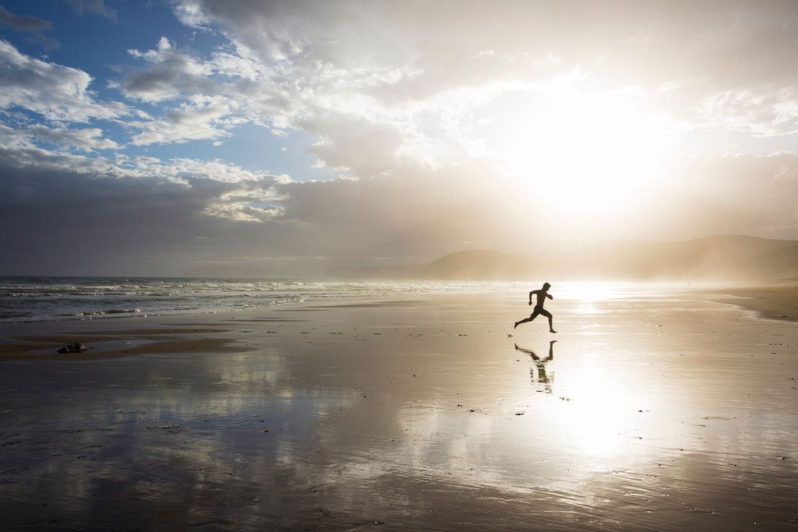
Studies have shown that running on the beach, especially on soft, dry sand that’s typically found farther from the water’s edge will likely lower one’s odds of impact-associated overuse injuries.
Bits of the Sahara on the Move
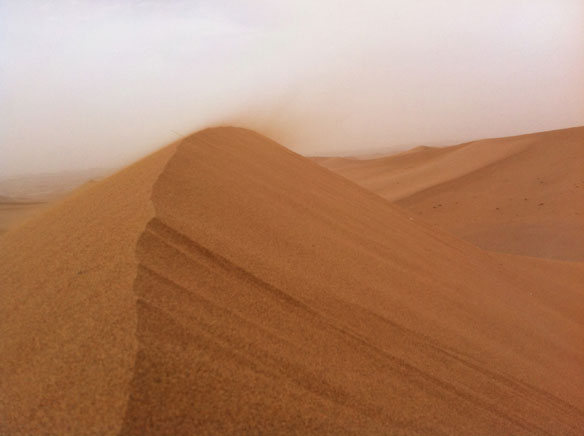
Scientists estimate that winds and storms pick up roughly 180 million tons of dust from the Sahara Desert each year and deposit it in the Atlantic Ocean and on the Americas. In the past week, active weather systems made a big deposit toward the 2018 total, as relentless storms lofted vast plumes of dust for days.
This Sardinian Town May Ban Towels to Save Popular Beach

La Pelosa-one of the Italian island’s more popular beaches—might be banning towels and large beach bags to preserve its sand dunes. The announcement was made earlier this week by Mayor Antonio Diana, who plans to enact strict measures to save the beach.
Hyams Beach, Australia: Beach with the whitest sand in the world
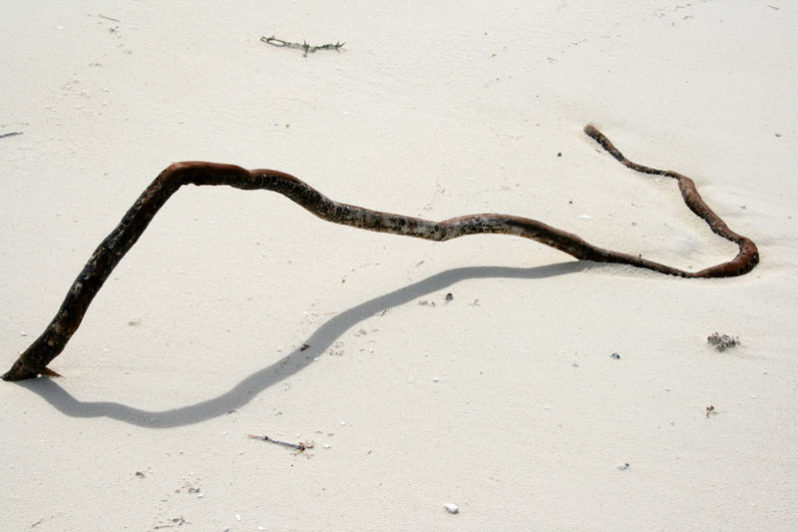
The whitest sand in the world: it’s a claim to fame Hyams Beach on Australia’s New South Wales South Coast has enjoyed for years, even securing it a place in the Guinness World Records.
